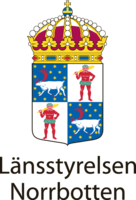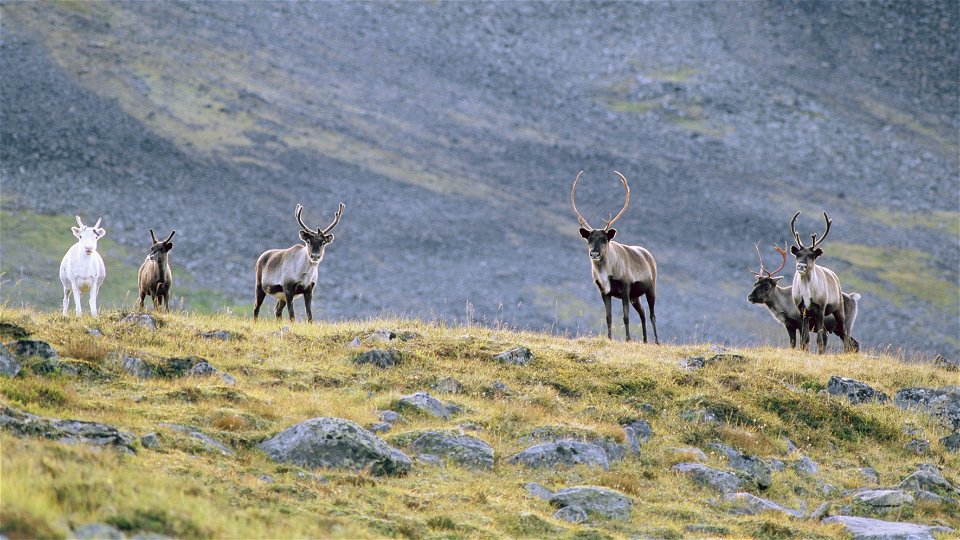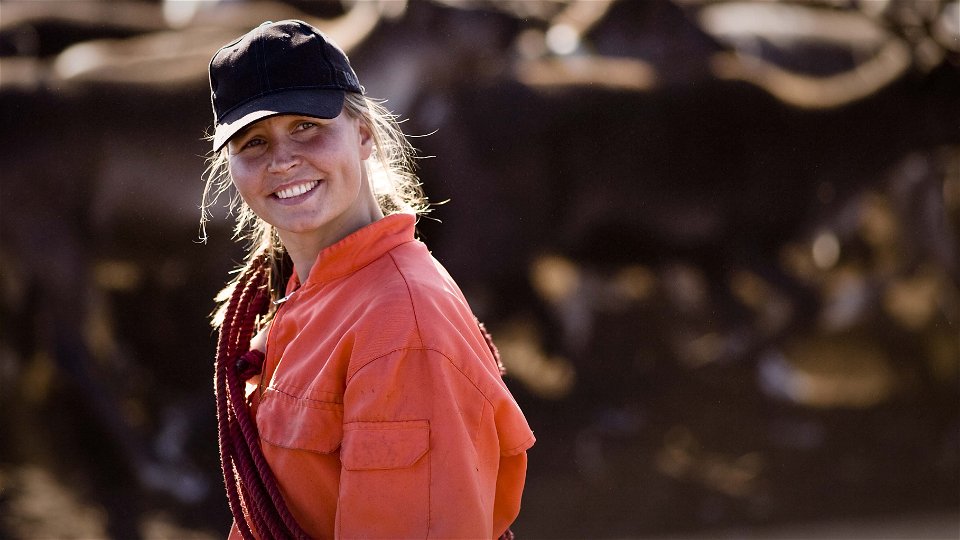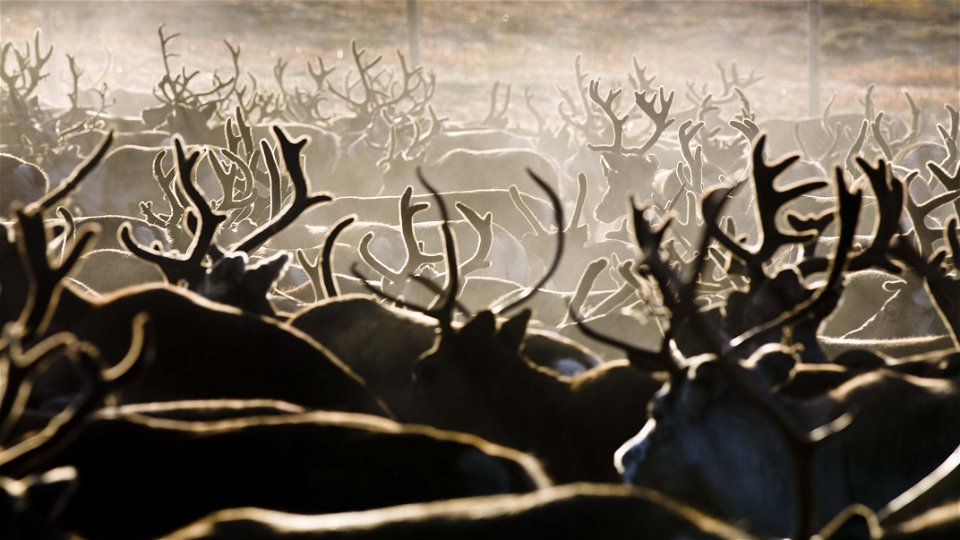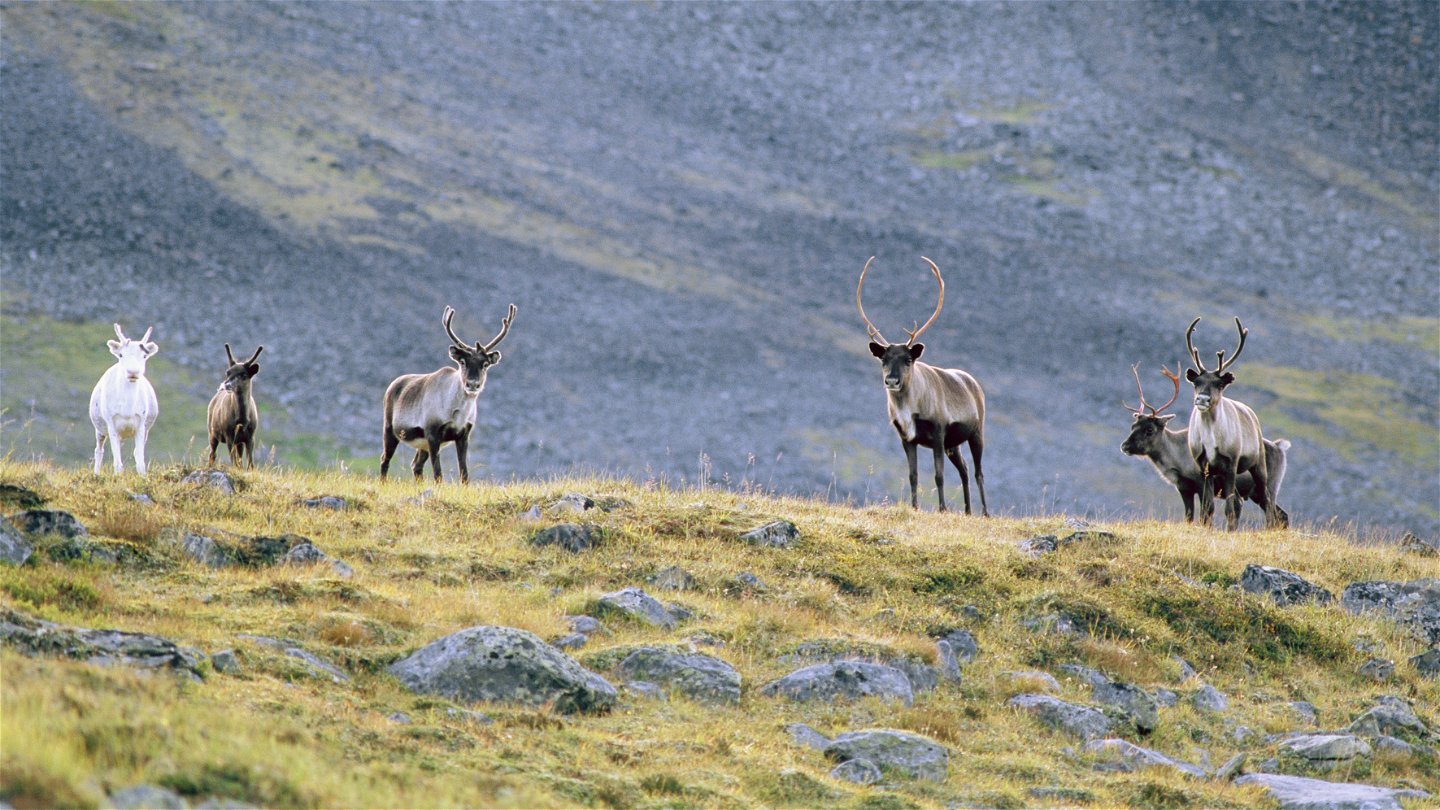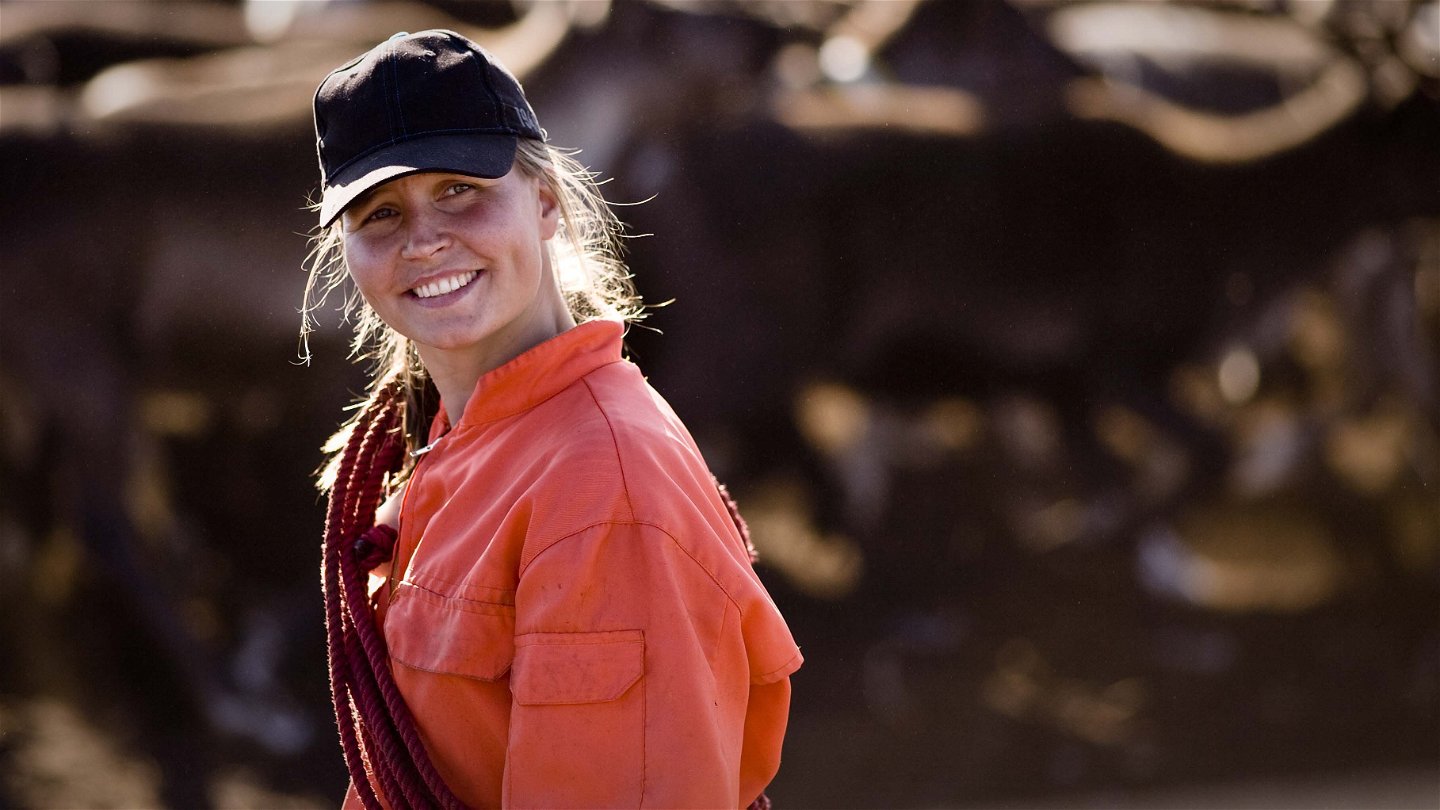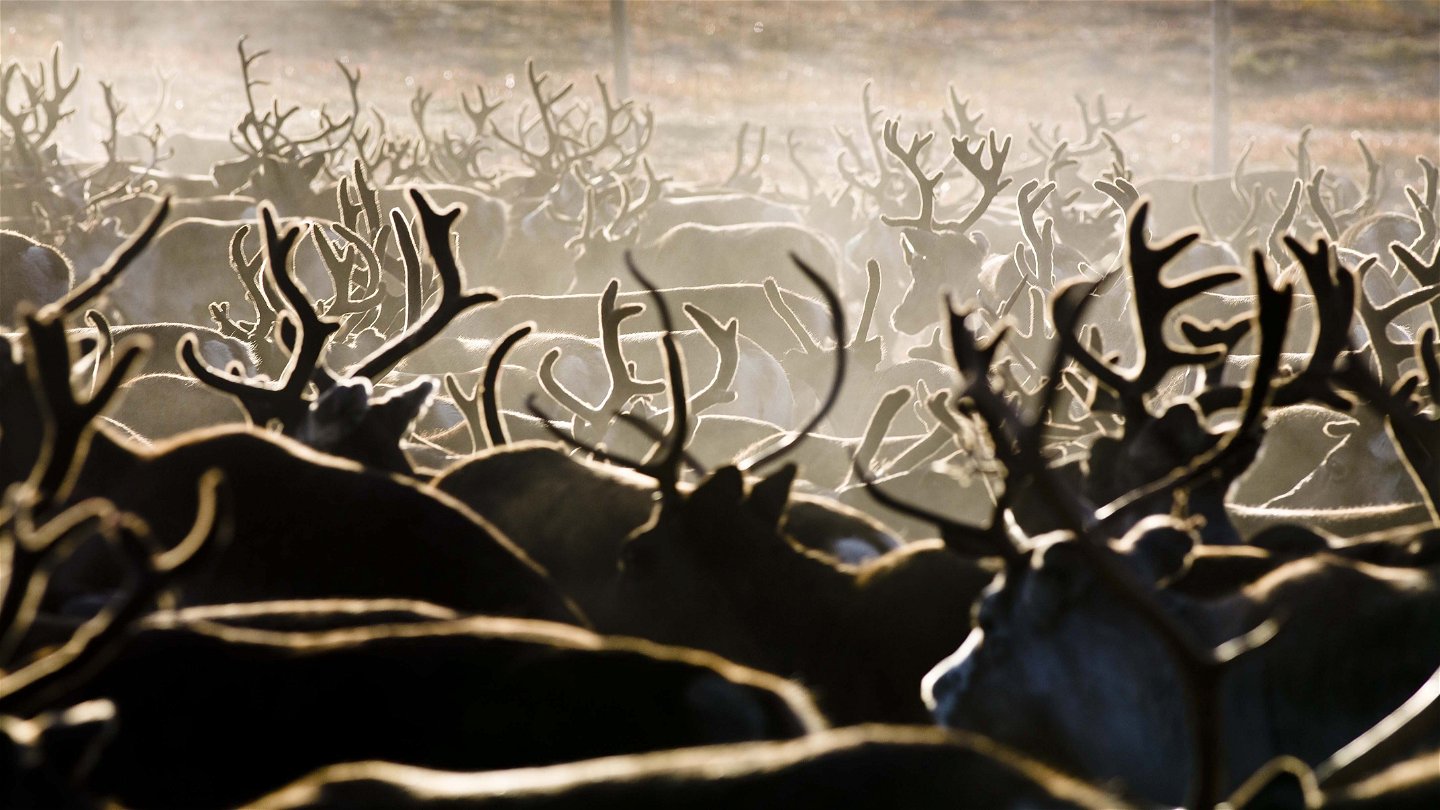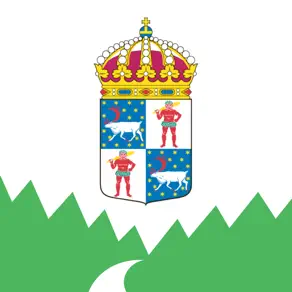Reindeer husbandry and Sámi culture
Images
Our mountain range is sometimes called Europe's last wilderness. But this, of course, is not the case. The mountains are a Sámi cultural landscape, marked by many centuries of reindeer foraging.
As you hike in the mountains you will discover traces of people who have lived and used the land long before us. The green and verdant meadows and the mountain moors that a mountain hiker encounters are the result of thousands of years of reindeer foraging and migration. Reindeer husbandry is central and significant industry in Sámi society. Reindeer husbandry also carries a long cultural tradition and a Sámi identity.
Within the area of the Sámi communities the reindeer migrate and are moved between different foraging areas along specific migratory routes. Working with reindeer is done on the animals’ terms, where weather, wind and forage are crucial. The snowmobile and the off-road vehicle make reindeer herding easier. Sometimes a helicopter is used for transport, and where necessary to drive the reindeer herd. The reindeer are rounded up by the reindeer herders into fenced-in enclosures where they are earmarked, separated or selected for slaughter.
Reindeer herding rights To be allowed to work with reindeer, one must be a member of a Sámi community. There are in all 51 Sámi communities in Sweden and you who hike the King’s Trail pass through several of them. The foraging lands of mountain Sámi communities extend in an east-westerly direction (extend from north-west to south-east). A Sámi community is both a geographical area and a reindeer husbandry organisation. This is set out in the Reindeer Husbandry Act. Reindeer herding rights are based on custom from time immemorial, i.e. the fact that the people have been hunting, fishing and using reindeer foraging land since time immemorial.
The reindeer herds you see comprise privately owned animals. The reindeer have different combinations of cuts in the ears. They show who owns the reindeer. In the summer months, the reindeer are rounded up so that the year calves can be marked. In autumn and early winter, the reindeer are rounded up for separation and/ or slaughter. Most of the slaughtered animals are sold, but much of what the reindeer provides in the form of meat, skins, antlers and sinews is kept for household use. There are 225,000 – 280,000 reindeer in Sweden.
When you meet a reindeer Remember that reindeer and reindeer herding are sensitive to disturbances from other land users and predators. Reindeer are timid animals and easily frightened. In spring, in May, when the reindeer cows are giving birth it is especially important that the reindeer are not disturbed. If the cows are disturbed they can reject their new-born calves. There are other times of the year – for example during migration and roundups – when the reindeer is sensitive to disturbance.
If you encounter a reindeer – and above all a reindeer herd – it is important that you avoid disturbing by carefully sitting down and waiting until the animals have passed. Sudden movements can disperse the reindeer and ruin the work of the reindeer herders. If you have a dog with you, make sure it is on a leash and does not bark. If there are signs of reindeer herding in the area, keep to the marked trails so that the reindeer herders know where you are likely to be.
If you want to learn more about reindeer herding you can get in touch with the County Administrative Board or the Sámi community active in the area in question.
Contact details Sámi communities in Norrbotten County (only in Swedish).
Read more on the following websites: Sámi Parliament Laponia
Contact
Email address
Länsstyrelsen Norrbotten
Organization logotype
